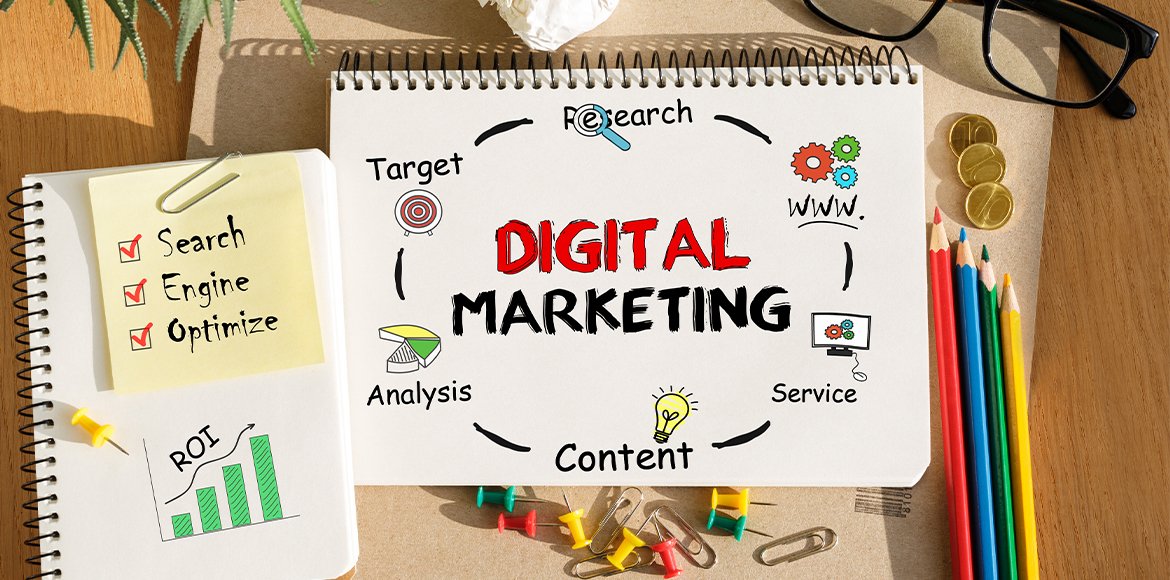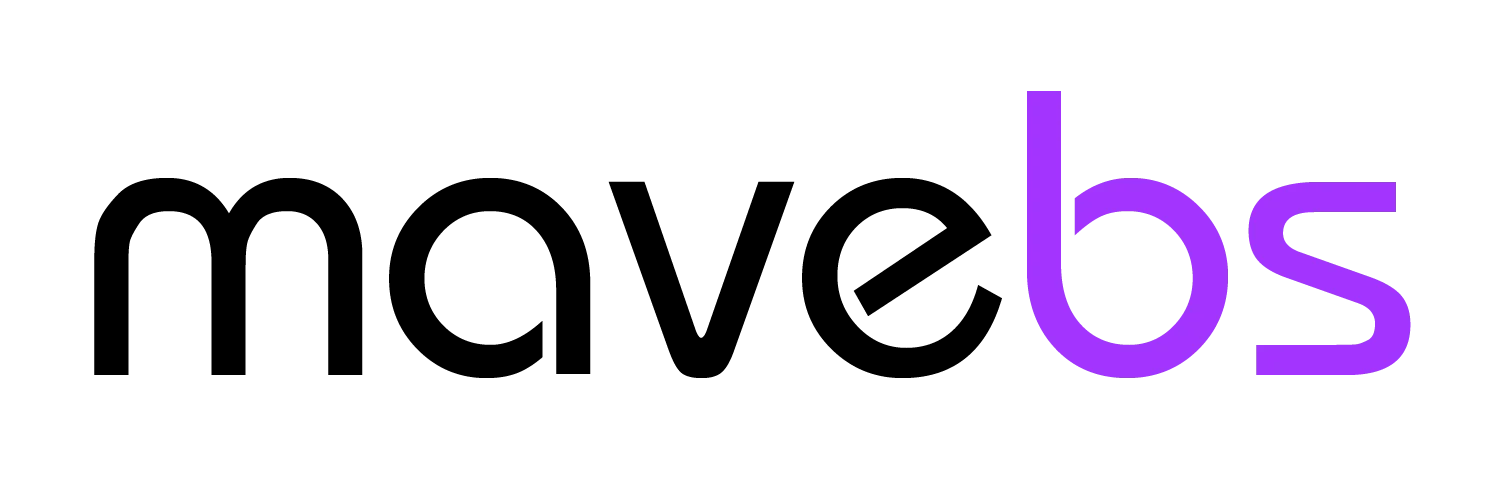How Digital Marketing Stands Apart from Traditional Marketing

Best Digital Marketing
Let’s begin with a straightforward query: How recently have you looked at a billboard? or simply skimmed through a magazine to look at the advertisements? Now consider this: How recently have you Googled anything or browsed social media? What do I suppose? Only hours, if not minutes, ago!
This small experiment reflects a significant change in the way companies currently communicate with their target audience. For many years, traditional marketing dominated the market with its billboards, TV advertisements, and print ads. However, digital marketing has taken over and entirely changed how organizations engage with their target consumer. Let’s examine the distinctions between both of these giants of marketing and the reasons why the world of digital media is growing increasingly popular.
- Accessibility and Reach
Traditional marketing is like casting a wide net in the sea, hoping to catch the perfect fish. You hope that people will notice the commercial you placed on a major roadway. However, what if it is not the path taken by your target audience? Or do they not even look at the road because they are so preoccupied with it?
However, digital marketing may be compared to a fishing rod that has been baited precisely. It enables companies to connect with an audience. You may customize your message to be seen by the appropriate person at the right moment, whether that person is a corporate executive looking through LinkedIn or a teenager scrolling through Instagram. - Economic Effectiveness
Traditional marketing may be expensive. Think about how much an entire newspaper ad or a 30-second TV commercial costs. Startups are often unable to afford these expensive rates.
Presenting digital marketing, a considerably more cost-effective option. You can run a Google Ads campaign for as little as $10 a day. Even organic strategies, such as blogging or social media content, can yield impressive results with minimal financial investment. This is significant for small firms and startups. - Engagement and Interactivity
Have you ever responded to a television advertisement? Probably not. Conventional marketing is one-sided. Customers listen to what brands have to say, hopefully.
This script is reversed by digital marketing. It all comes down to dialogue. Consider an email that asks you to respond, a YouTube video that has a “Like” button, or a social network post that requests comments. Brands and their audience develop relationships as a result of these exchanges. And you know what? Customers are more likely to purchase from a company with which they identify. - Feedback in Real Time
Consider a month-long print advertising campaign and weeks of waiting to see if sales increase. For you, that’s conventional marketing. Feedback is frequently unclear and slow.
Results from internet marketing are nearly immediate. You can see the real-time performance of your efforts with tools like Google Analytics and social media insights. Is anyone clicking on your advertisement? What is the most popular blog post? You’ll know right away, and you can adjust your plan accordingly. - The metric
How can the effectiveness of an advertisement be measured? The number of cars passing by can be estimated, but did anyone really take a look?
Traditional marketing finds it difficult to respond to these questions.
On the other hand, digital marketing is driven by data. Every activity, including clicks, views, shares, and conversions, may be tracked. Thorough metrics are provided by programs like email marketing software, Facebook Insights, and Google Ads. Businesses can understand what is and is not working thanks to this degree of measurability, which helps them make better decisions. - Individualization
In general, traditional advertising is generalized. Although it won’t be personalized, it will draw some interest.
Digital marketing and creating personalized remarks for each visitor are comparable. By employing tools like cookies and customer relationship management (CRM) platforms, businesses may customize messages to individual tastes, making advertising campaigns appear less like spam and more like a helpful friend.7. Adjustability
This is an illustration: After printing hundreds of flyers for a sale, you find out halfway through the week that little interest is being generated. Can you do anything? Sadly, not very much.
You may quickly change course with digital marketing. Ads not working well? Make the headline different. Is your Instagram post not receiving likes? Try a different time or change the subject matter. This flexibility makes sure you don’t end up using an approach that doesn’t work.
- Global vs. Local Reach
Traditional marketing frequently confines you to a particular region. A local newspaper ad won’t go beyond its readership, and a radio ad will only reach listeners within that station’s reach.
There are no boundaries to digital marketing. With an online store and successful digital advertising, a tiny firm in a small town may reach clients all over the world. This creates opportunities that are just not possible with traditional means.
- Content Longevity
Conventional marketing campaigns, such as advertisements in newspapers or on television, don’t last very long. The advertisement ends when it runs.
On the other hand, digital marketing content can endure for years. Long after it is published, a well-written blog piece or a popular video can still generate leads and visitors. Over time, a larger return on investment is guaranteed by this “long tail” effect.
The Perfect Blend: Best of Both Worlds
Even if digital marketing has many benefits, conventional marketing is still useful. It’s more concrete and frequently more remembered. Consider memorable TV ads or imaginative print ads; they make an impression on us. Striking the correct balance is crucial. These days, a lot of effective campaigns use both tactics. For instance, a billboard may advertise a hashtag, which would direct people to a digital campaign.
Final Thoughts
The transition from traditional to digital marketing is a reflection of how consumers currently absorb information, not merely a passing trend. Digital marketing is more accurate, economical, and interactive than old techniques. But let’s not underestimate traditional marketing’s timeless appeal.
Using the qualities of both to develop an organized and effective strategy is the problem for marketers and business owners, not picking one over the other. Are you prepared to venture into the digital realm or remain on the conventional shores? Why not investigate both to see where they lead you?

